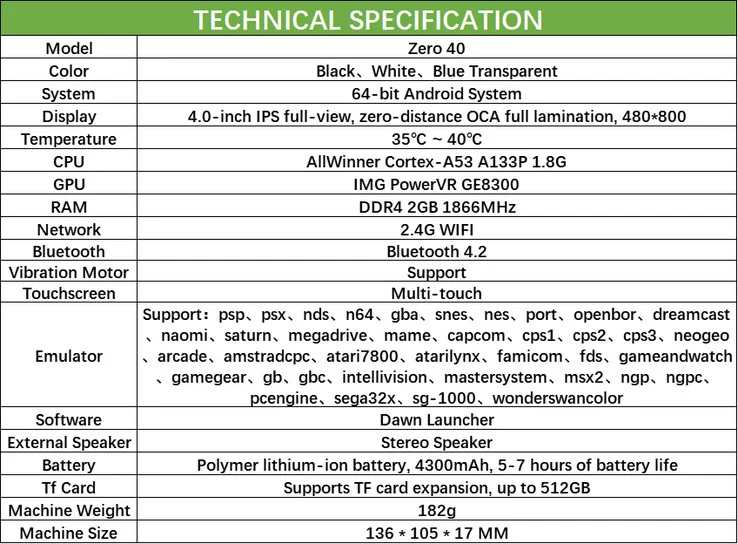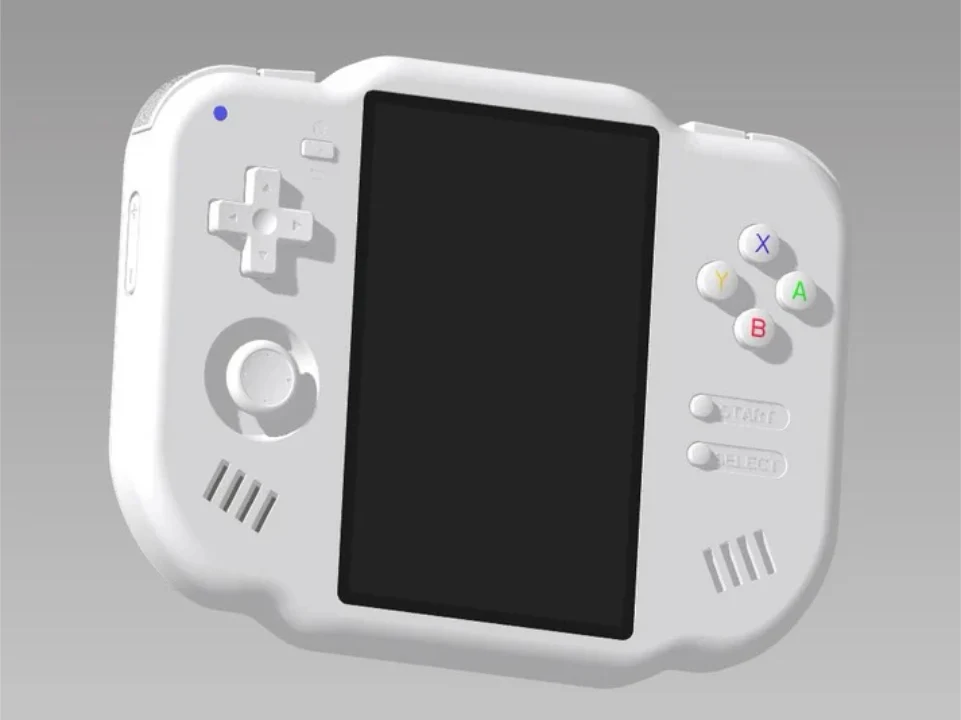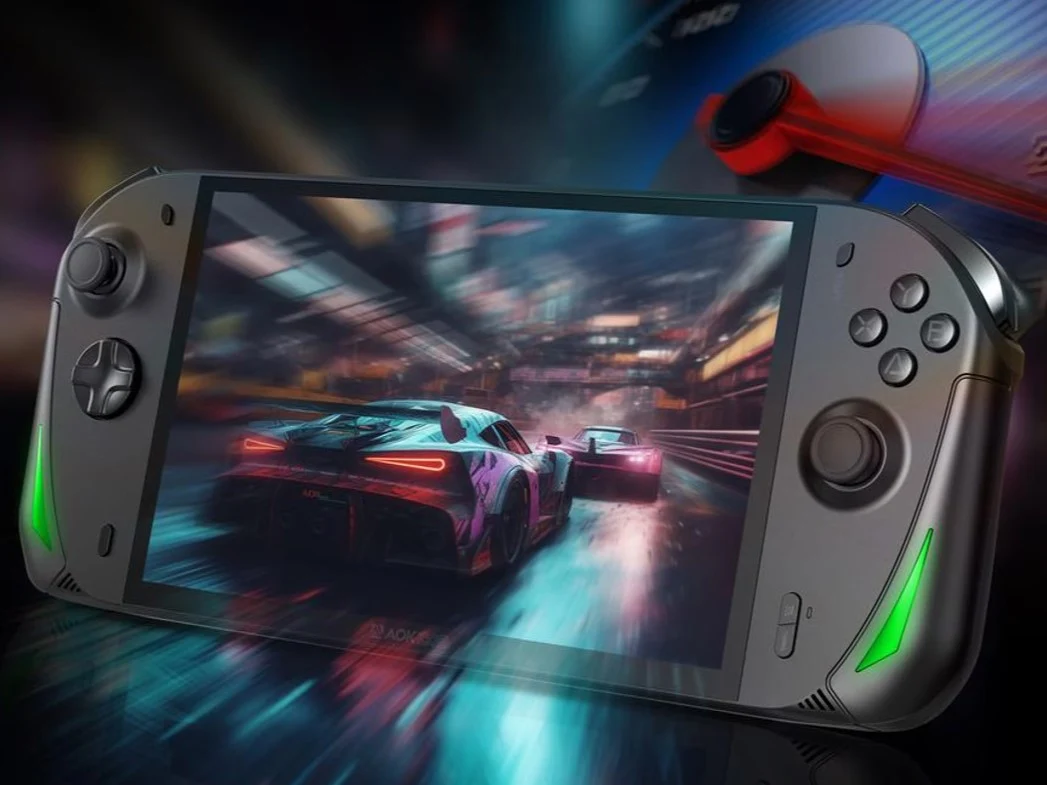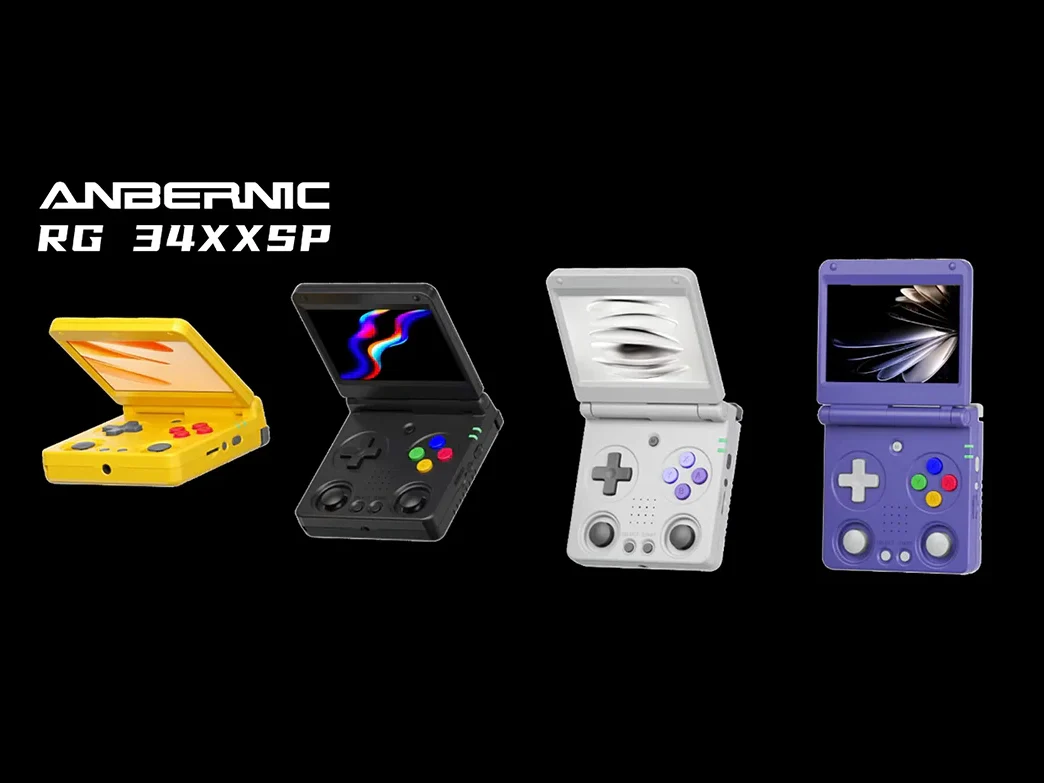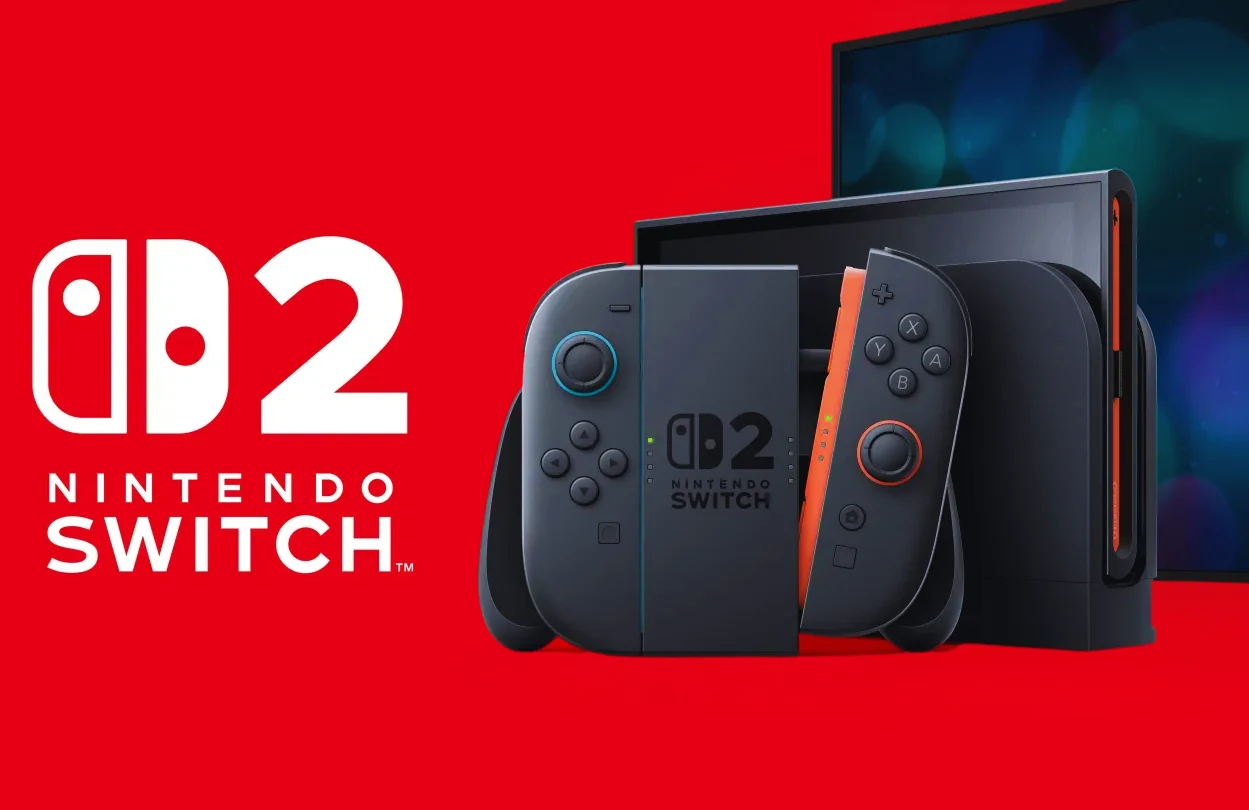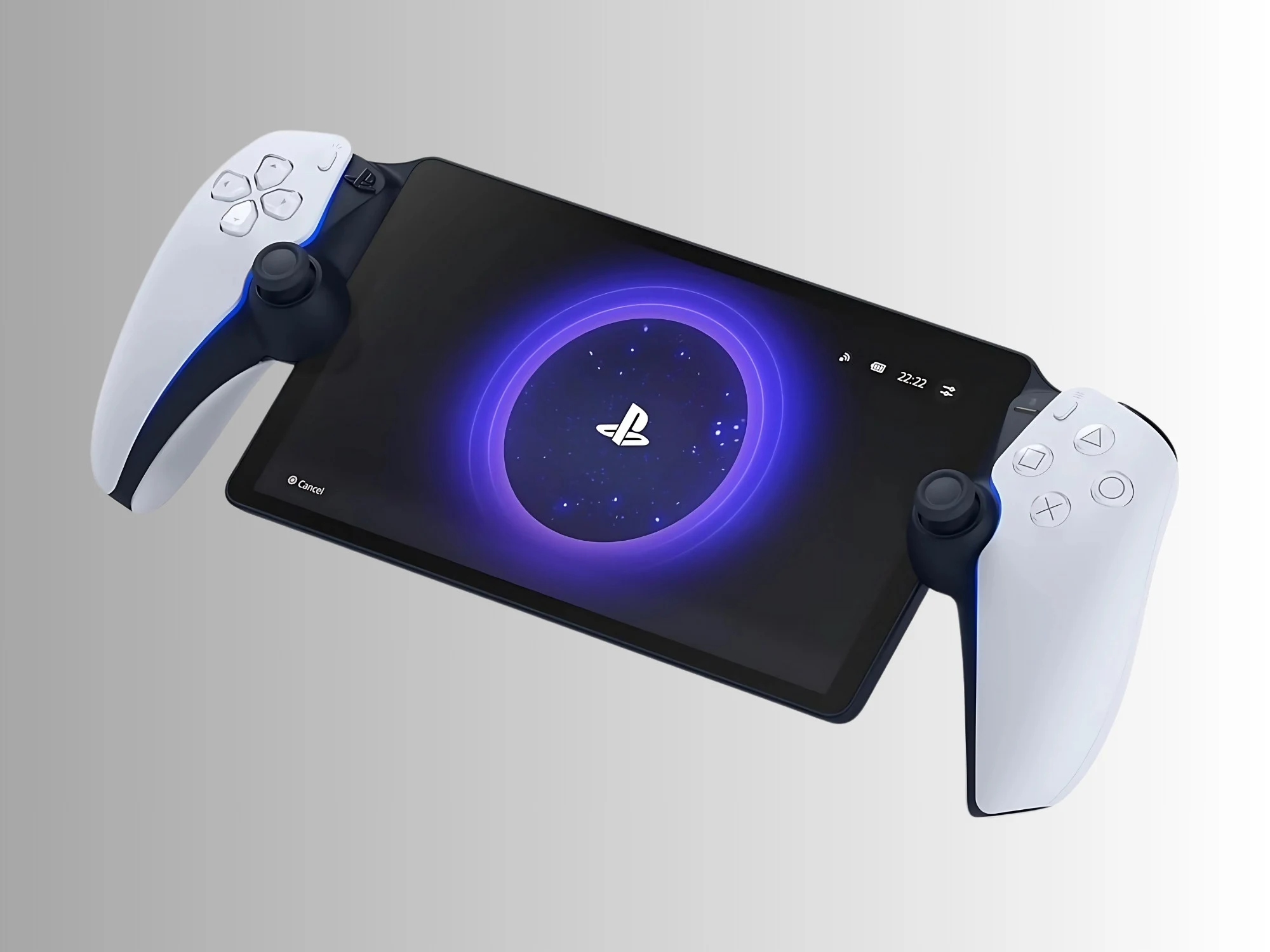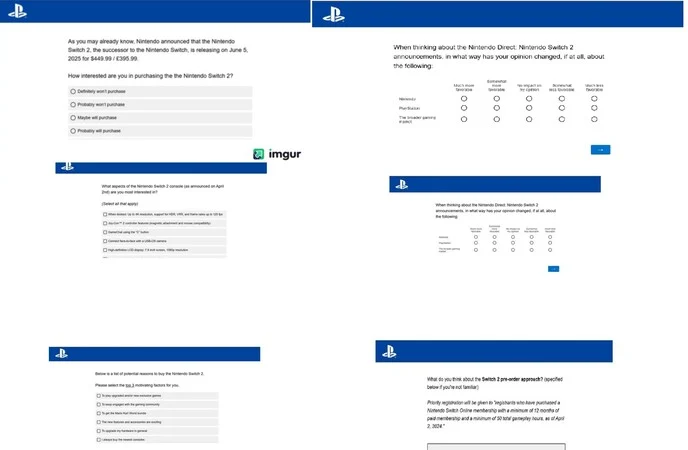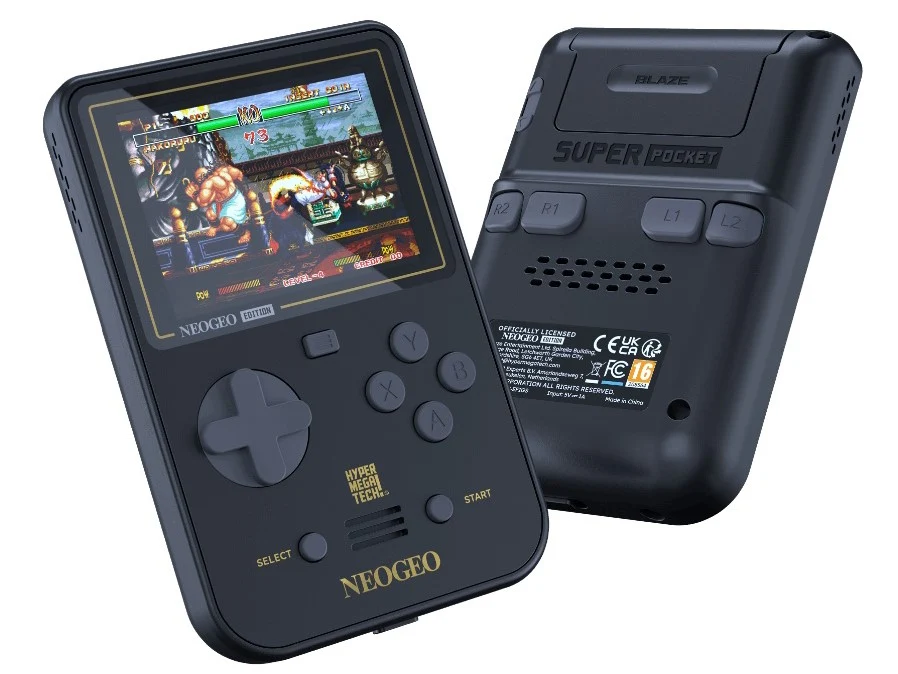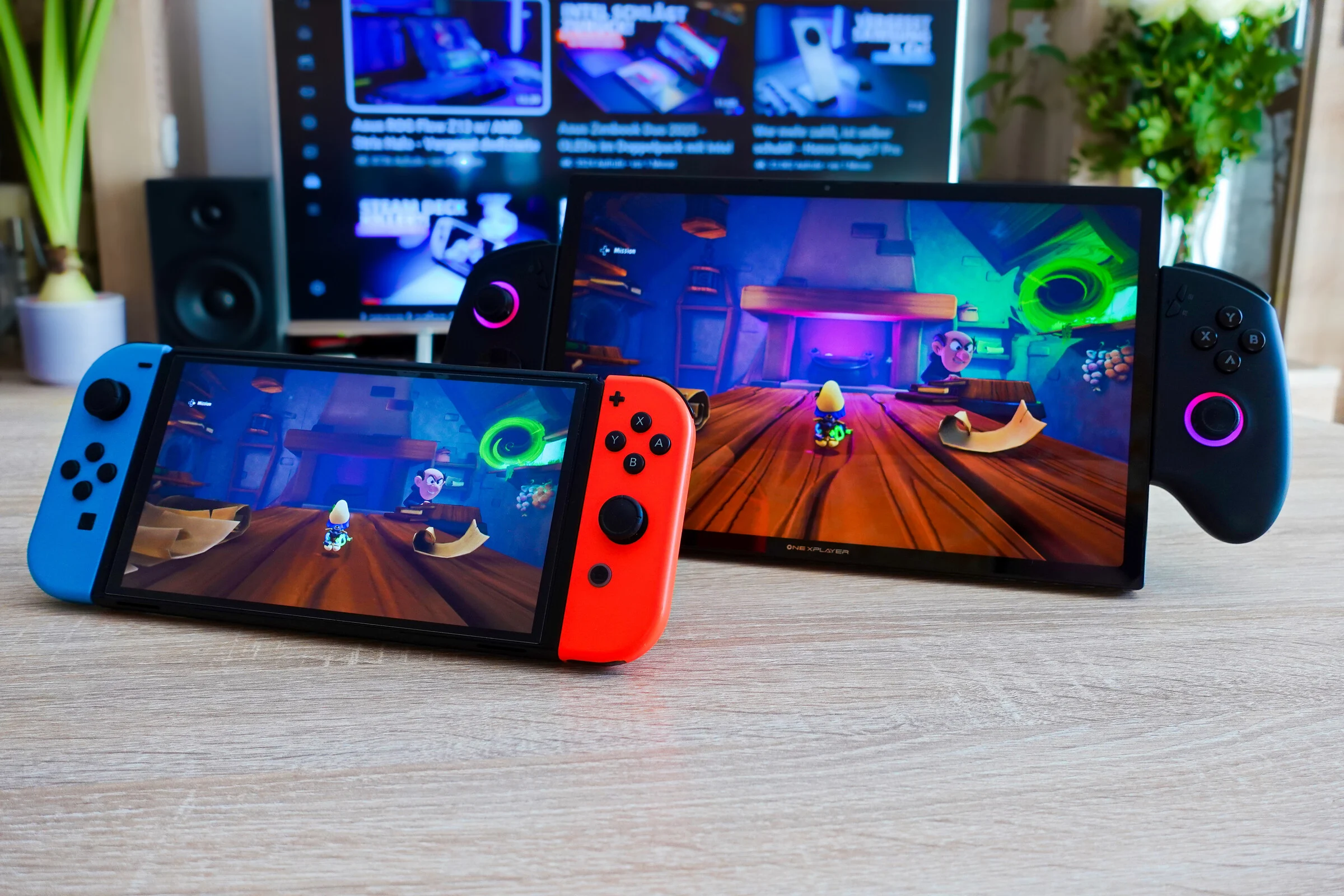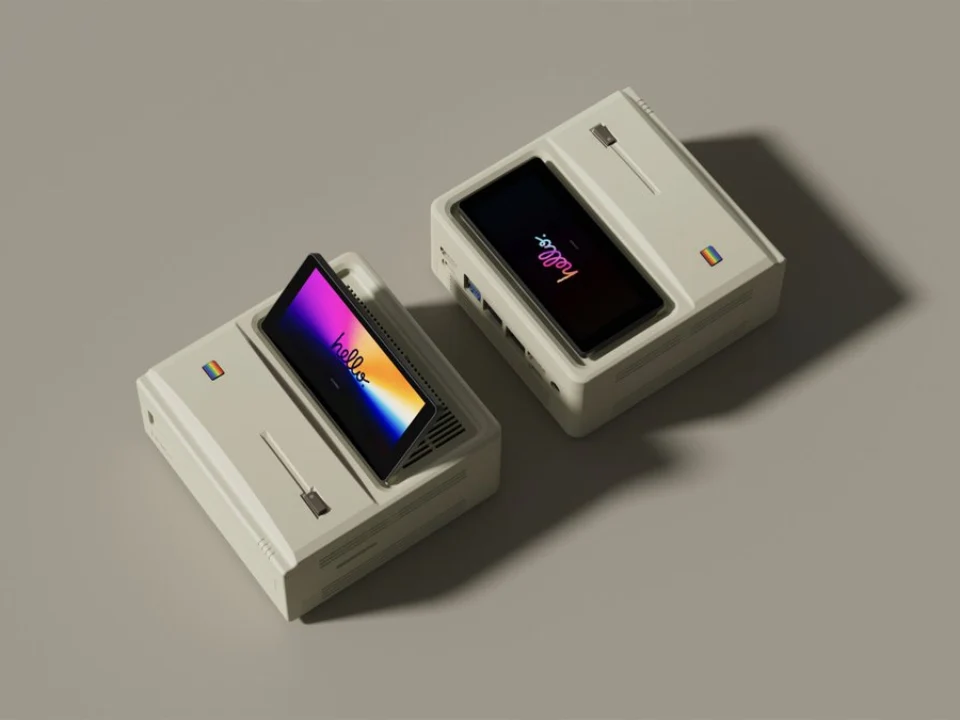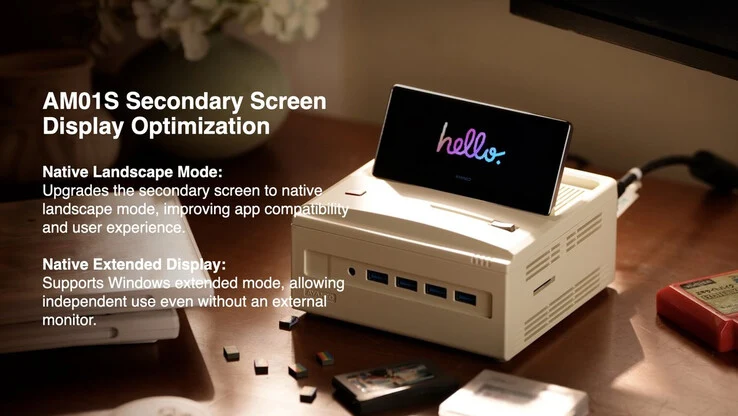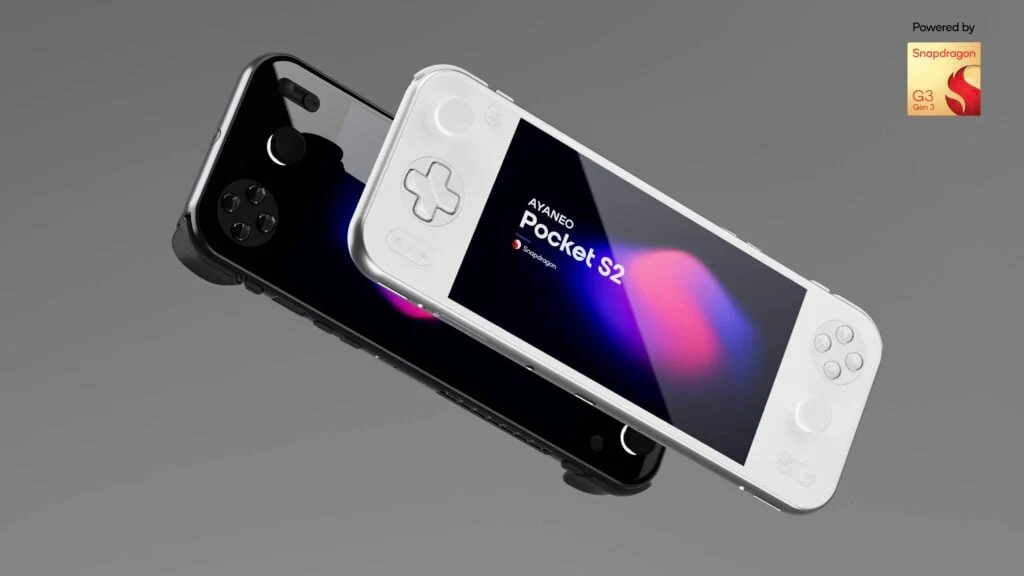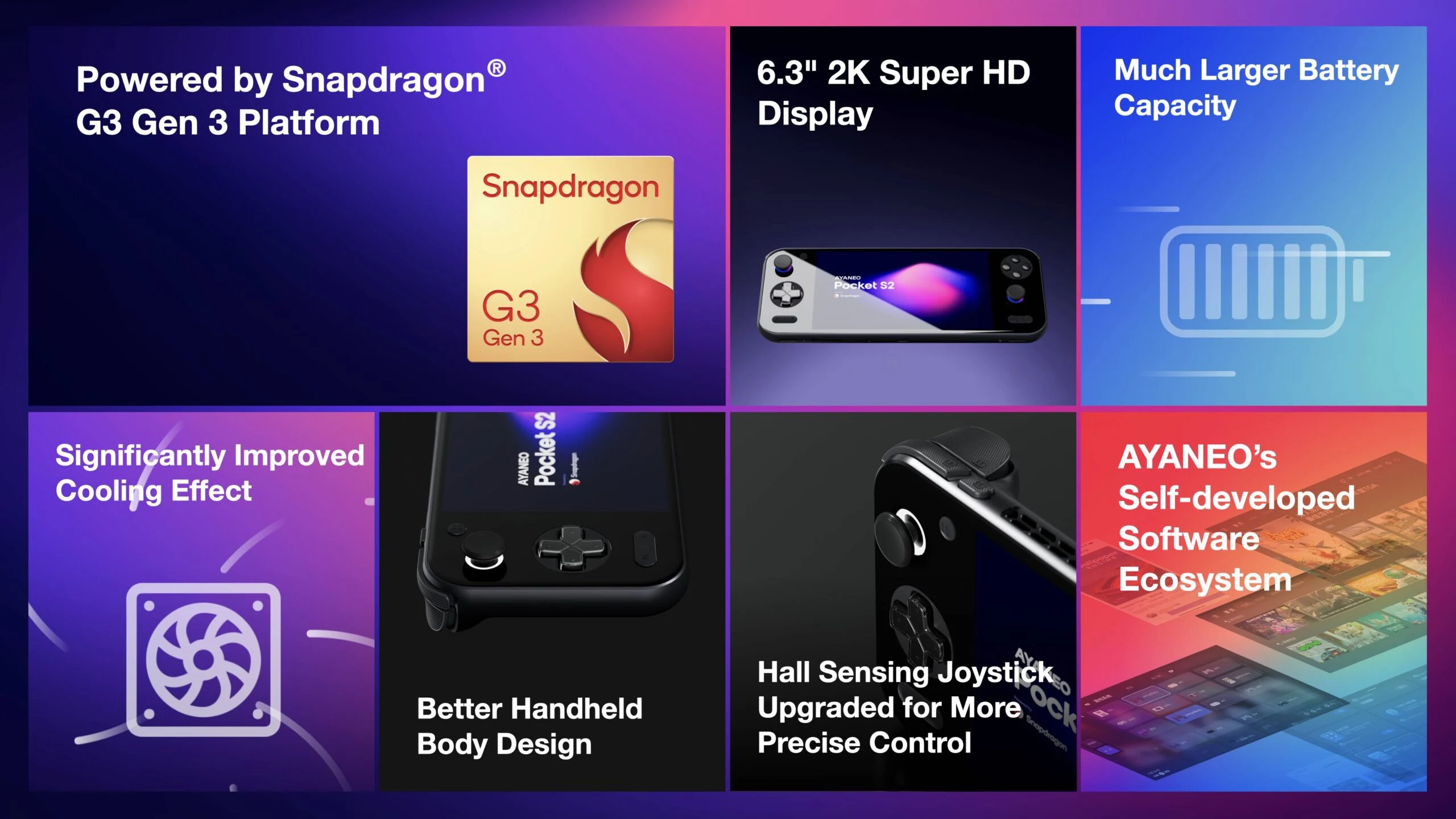Key Takeaways
1. MagicX is developing the Zero 40 for Nintendo DS emulation and has three other handheld devices in the works, including one with dual screens.
2. The Zero 40 features a vertical display with a resolution of 480 x 800 pixels, a 4-inch diagonal size, and includes 30 classic arcade games.
3. It has a 4,300 mAh battery that lasts up to 7 hours, 2 GB of DDR4 RAM, and an Allwinner A133P chipset.
4. The device will run on Android and support Bluetooth 4.2 and 2.4 GHz Wi-Fi, with available colors including Black, White, and Blue Transparent.
5. The expected launch price for the Zero 40 is around $75, but the exact release date is still unknown.
A few months ago, MagicX gave a sneak peek at the Zero 40, suggesting it could be used for Nintendo DS emulation. They also mentioned that they have three other handheld gaming devices in development, including one with dual screens. Recently, without much warning, the company started taking pre-orders for the Mini Zero 28 V2, which features some upgrades compared to the first version released in January.
New Insights on Zero 40
Now, MagicX has revealed more information about the Zero 40 through a YouTube video lasting almost 20 minutes and an early product listing. This video, which is embedded below, showcases 30 classic vertical arcade games, including the well-known 1942. This makes the Zero 40 appear to be a good fit for TATE mode, allowing players to enjoy games without needing to flip the device, unlike many other retro gaming handhelds.
Specifications and Features
MagicX has confirmed that the Zero 40 has a vertical display with a resolution of 480 x 800 pixels and a diagonal size of 4 inches. The dimensions of the Zero 40 are 136 x 105 x 17 mm, and it weighs 182 grams. It also comes with a 4,300 mAh battery, which the company claims can last up to 7 hours on a single charge. Additional specs include 2 GB of DDR4 RAM and an Allwinner A133P chipset, similar to what is found in competitors like the TrimUI Brick, currently priced at $79.99 on Amazon.
Launch Plans
The Zero 40 will operate on Android and will feature Bluetooth 4.2 along with support for 2.4 GHz Wi-Fi. According to the technical specifications shared below, MagicX intends to release the Zero 40 in Black, White, and Blue Transparent colors, though only the White version is shown on their website at this time. The launch price is expected to be around $75, but it is still uncertain when exactly it will become available.
Source:
Link
